Home>Home Appliances>Laundry Appliances>How To Lift A Washing Machine Onto A Pedestal


Laundry Appliances
How To Lift A Washing Machine Onto A Pedestal
Modified: October 20, 2024
Learn the proper technique for lifting a washing machine onto a pedestal with our step-by-step guide. Elevate your laundry appliances safely and easily.
(Many of the links in this article redirect to a specific reviewed product. Your purchase of these products through affiliate links helps to generate commission for Storables.com, at no extra cost. Learn more)
Introduction
Lifting a washing machine onto a pedestal can be a daunting task, but with the right approach and techniques, it can be accomplished safely and efficiently. Whether you're upgrading your laundry room or simply looking to create more storage space, elevating your washing machine onto a pedestal can offer numerous benefits. Not only does it provide additional storage for laundry essentials, but it also reduces the need to bend down when loading and unloading the machine, making the entire laundry process more convenient and ergonomic.
In this comprehensive guide, we will walk you through the step-by-step process of lifting a washing machine onto a pedestal. From assessing the weight and size of the washing machine to using proper lifting techniques and securing the machine onto the pedestal, we will cover everything you need to know to successfully complete this task. By following these guidelines, you can ensure the safety of both yourself and the appliance, while also optimizing the functionality and aesthetics of your laundry space.
So, let's dive into the details and learn how to elevate your washing machine onto a pedestal with confidence and precision. Whether you're a seasoned DIY enthusiast or a first-time home improver, this guide will equip you with the knowledge and skills to tackle this project effectively. Let's get started!
Key Takeaways:
- Assess the weight and size of your washing machine before lifting it onto a pedestal. Clear the area, enlist help, and ensure the pedestal can support the weight. This sets the stage for a smooth and safe lifting process.
- Use proper lifting techniques, clear the pathway, and communicate with your lifting partners to carefully place the washing machine onto the pedestal. Secure the appliance to ensure stability and enjoy your elevated laundry setup.
Read more: How To Lift Washer On Pedestal
Assessing the Weight and Size of the Washing Machine
Before embarking on the process of lifting a washing machine onto a pedestal, it is crucial to assess the weight and size of the appliance. This initial step is essential for determining the level of effort and assistance required, as well as ensuring that the pedestal can adequately support the weight and dimensions of the washing machine.
To begin, consult the manufacturer's specifications or user manual to obtain the precise weight of the washing machine. Additionally, take note of the dimensions, including the width, depth, and height. These details will provide a clear understanding of the physical characteristics of the appliance, allowing for informed decision-making throughout the lifting process.
Once armed with this information, consider the logistics of maneuvering the washing machine onto the pedestal. Evaluate the available space in the laundry area, taking into account any potential obstructions or tight corners that may pose challenges during the lifting process. By assessing the layout of the room, you can anticipate any obstacles and plan accordingly to navigate the washing machine onto the pedestal with minimal disruption.
Furthermore, it is advisable to enlist the assistance of a partner or additional individuals to aid in lifting the washing machine. Collaborating with others not only distributes the weight-bearing responsibility but also enhances safety by minimizing the risk of strain or injury. Communicate and coordinate with your helpers to ensure a synchronized and controlled lifting operation.
In addition to the weight and size of the washing machine, consider the structural integrity of the pedestal. Verify that it is capable of supporting the weight of the appliance without risk of instability or damage. If necessary, reinforce the pedestal or seek professional guidance to ensure its suitability for accommodating the washing machine.
By meticulously assessing the weight and size of the washing machine, as well as the surrounding environment and support structure, you can lay a solid foundation for the subsequent steps in the process. This proactive approach sets the stage for a smooth and secure transition of the washing machine onto the pedestal, ultimately contributing to a successful and well-executed installation.
Preparing the Pedestal and Surrounding Area
Before lifting the washing machine onto the pedestal, thorough preparation of the pedestal and its surrounding area is essential to ensure a seamless and safe installation process. This critical phase involves several key steps that contribute to the overall success and stability of the appliance placement.
First and foremost, clear the designated space around the pedestal, removing any potential obstacles or clutter that could impede the lifting and positioning of the washing machine. This includes relocating laundry baskets, cleaning supplies, or any other items that may obstruct the path to the pedestal. By creating an unobstructed pathway, you can facilitate unencumbered movement and minimize the risk of accidents or damage to the appliance.
Next, inspect the surface of the pedestal to ensure it is clean, level, and free from any debris or obstructions. A level surface is crucial for the stability and balance of the washing machine once it is placed on the pedestal. Use a spirit level to confirm that the pedestal is positioned evenly, making any necessary adjustments to achieve a perfectly level surface. Additionally, check for any protruding screws, nails, or sharp edges that could potentially scratch or damage the underside of the washing machine during the lifting process.
Furthermore, consider the flooring beneath the pedestal, particularly if it is a hard surface such as tile or hardwood. Placing a protective layer, such as a rubber mat or cushioning material, beneath the pedestal can safeguard both the flooring and the pedestal itself from potential scratches or damage caused by the weight of the washing machine. This precautionary measure not only preserves the aesthetics of the laundry area but also ensures the longevity of the pedestal and the underlying flooring.
In addition to preparing the physical space, it is important to mentally prepare for the lifting process. Confirm that all individuals involved in the lifting operation are aware of their roles and responsibilities, and that clear communication and coordination are established. Emphasize the importance of maintaining a steady and controlled lifting motion to avoid sudden shifts or imbalance during the transfer of the washing machine onto the pedestal.
By meticulously preparing the pedestal and its surrounding area, you can set the stage for a smooth and efficient installation process. This proactive approach minimizes potential complications and promotes a safe and secure placement of the washing machine onto the pedestal, ultimately contributing to a successful and well-executed home improvement project.
Before lifting the washing machine onto the pedestal, make sure to empty it of any water and disconnect it from the power source. Use a dolly or have someone help you lift it to avoid injury.
Using Proper Lifting Techniques
When it comes to lifting a washing machine onto a pedestal, employing proper lifting techniques is paramount to ensure the safety of both individuals involved and the integrity of the appliance. By adhering to best practices for lifting heavy objects, you can minimize the risk of strain, injury, and damage during the installation process.
First and foremost, prioritize the use of proper lifting posture and body mechanics. Begin by standing close to the washing machine, keeping your feet shoulder-width apart to establish a stable base of support. Bend at the knees rather than the waist, maintaining a straight back and engaging the leg muscles to lift the appliance. Avoid stooping or hunching over, as this can strain the lower back and increase the risk of injury. Additionally, ensure a firm grip on the washing machine, utilizing handles or sturdy areas for a secure hold.
Furthermore, communicate and coordinate with your lifting partners to synchronize your movements. Establish a clear signal or verbal cue to initiate the lifting motion, ensuring that all individuals lift simultaneously and at a controlled pace. This coordinated effort minimizes the risk of uneven lifting or sudden shifts, promoting a smooth and stable transfer of the washing machine onto the pedestal.
Incorporate the use of lifting aids or equipment, such as furniture sliders or lifting straps, to facilitate the maneuvering of the washing machine. These tools can reduce friction and distribute the weight more evenly, easing the transition onto the pedestal. When utilizing lifting aids, ensure that they are properly positioned and secured to prevent slippage or instability during the lifting process.
Prior to lifting, assess the pathway to the pedestal and remove any potential tripping hazards or obstacles. Clearing the route ensures unobstructed movement and reduces the likelihood of accidents or disruptions during the lifting operation. Additionally, maintain clear communication with your lifting partners throughout the process, providing verbal cues and updates to ensure a synchronized and controlled transfer of the washing machine onto the pedestal.
By incorporating these proper lifting techniques, you can elevate the washing machine onto the pedestal with confidence and precision. Prioritizing safety, coordination, and effective body mechanics lays the groundwork for a successful and injury-free installation, allowing you to enjoy the enhanced functionality and aesthetics of your laundry space.
Placing the Washing Machine onto the Pedestal
With the groundwork laid and the washing machine properly lifted, the next crucial step is to carefully place the appliance onto the pedestal. This phase requires precision, coordination, and a keen focus on maintaining the stability and balance of the washing machine throughout the placement process.
Begin by positioning the washing machine in close proximity to the pedestal, ensuring that it is aligned with the designated placement area. With the assistance of your lifting partners, carefully maneuver the appliance towards the pedestal, maintaining a controlled and steady pace. Communication is key during this phase, with all individuals involved coordinating their movements to ensure a synchronized and harmonious transfer.
As the washing machine approaches the pedestal, verify that the alignment is accurate and that the appliance is positioned squarely for placement. Slowly lower the washing machine onto the pedestal, maintaining a firm grip and steady control throughout the descent. Ensure that the appliance makes even contact with the surface of the pedestal, avoiding any abrupt or uneven placement that could compromise its stability.
Once the washing machine is resting on the pedestal, take a moment to assess its positioning and alignment. Confirm that the appliance is centered on the pedestal and that it sits securely without any wobbling or imbalance. Utilize a spirit level to verify that the washing machine is positioned evenly, making any necessary adjustments to achieve a stable and level placement.
With the washing machine successfully placed on the pedestal, take a step back to evaluate the overall alignment and appearance. Confirm that the appliance is situated at the desired height and that it complements the surrounding space effectively. This is also an opportune moment to ensure that any connecting hoses or cables are properly routed and do not impede the functionality or aesthetics of the installation.
By methodically placing the washing machine onto the pedestal with precision and care, you can achieve a secure and visually appealing installation. This pivotal step sets the stage for the final phase of securing the washing machine on the pedestal, ultimately culminating in a successful and well-executed elevation of the appliance.
Read more: What Is A Washer Pedestal
Securing the Washing Machine on the Pedestal
Once the washing machine is carefully positioned on the pedestal, the final step involves securing the appliance to ensure stability and safety. This critical phase not only safeguards the washing machine from potential displacement but also enhances the overall reliability and functionality of the elevated setup.
To begin, assess the underside of the washing machine to identify any designated anchoring points or securing mechanisms. Many washing machines are equipped with pre-installed brackets or fastening provisions specifically designed for securing the appliance to a pedestal or platform. Refer to the manufacturer's instructions or user manual to locate these securing elements and understand the recommended installation process.
Utilize appropriate hardware, such as screws or bolts, to fasten the washing machine to the pedestal securely. Align the anchoring points on the washing machine with the corresponding positions on the pedestal, ensuring a precise fit that promotes stability and minimizes movement. Exercise caution and precision when fastening the hardware, avoiding over-tightening to prevent damage to the appliance or pedestal.
In addition to mechanical fastening, consider the use of vibration-dampening pads or adhesive strips to further enhance the stability of the washing machine on the pedestal. These supplementary measures help absorb vibrations and minimize movement, contributing to a quieter and more secure installation. Position the pads or strips strategically to coincide with the contact points between the washing machine and the pedestal, optimizing their effectiveness in reducing potential shifting or displacement.
Once the securing elements are in place, conduct a thorough inspection to ensure that the washing machine is firmly anchored and that all fasteners are properly tightened. Test the stability of the appliance by applying gentle pressure and verifying that it remains steadfast on the pedestal. Additionally, run a brief test cycle on the washing machine to assess its performance and stability in response to the elevated position.
Finally, take a moment to appreciate the successful completion of the installation process, admiring the enhanced functionality and aesthetics of the elevated washing machine. Confirm that the appliance is securely anchored and that it complements the surrounding space effectively, signifying the culmination of a well-executed and impactful home improvement project.
By meticulously securing the washing machine on the pedestal, you can enjoy the peace of mind and convenience of an elevated laundry setup, knowing that the appliance is steadfastly positioned and ready to deliver optimal performance.
Frequently Asked Questions about How To Lift A Washing Machine Onto A Pedestal
Was this page helpful?
At Storables.com, we guarantee accurate and reliable information. Our content, validated by Expert Board Contributors, is crafted following stringent Editorial Policies. We're committed to providing you with well-researched, expert-backed insights for all your informational needs.
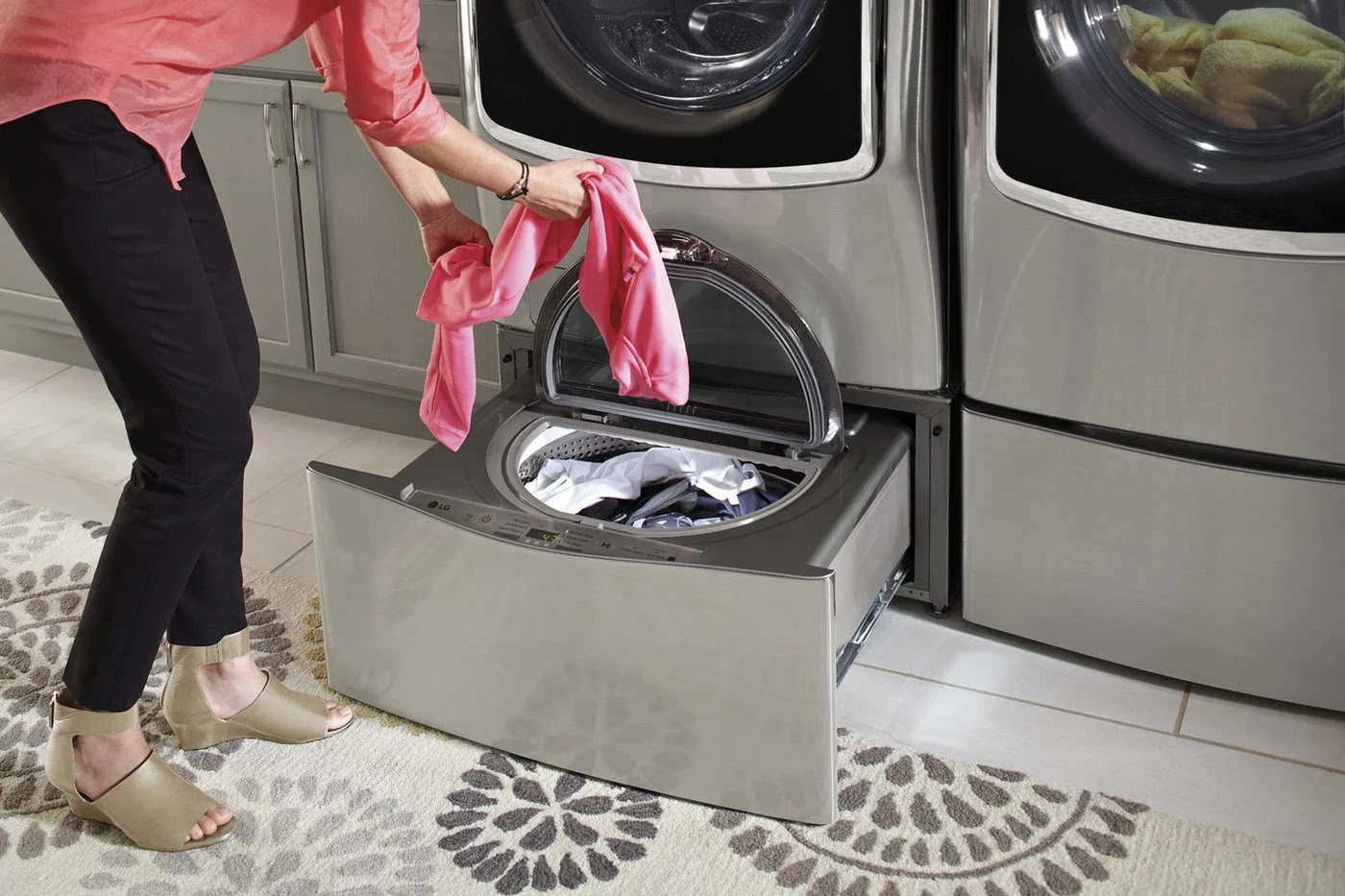
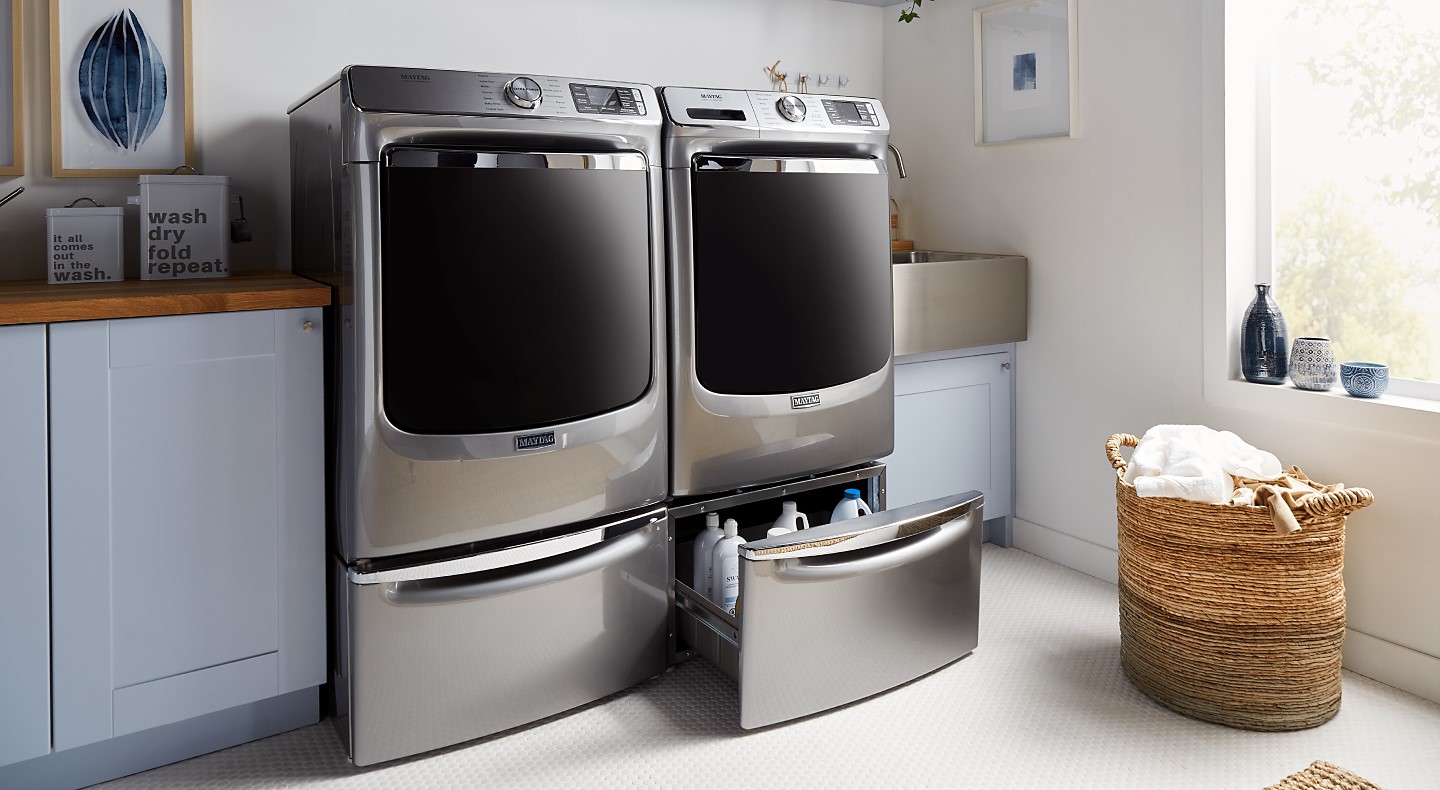

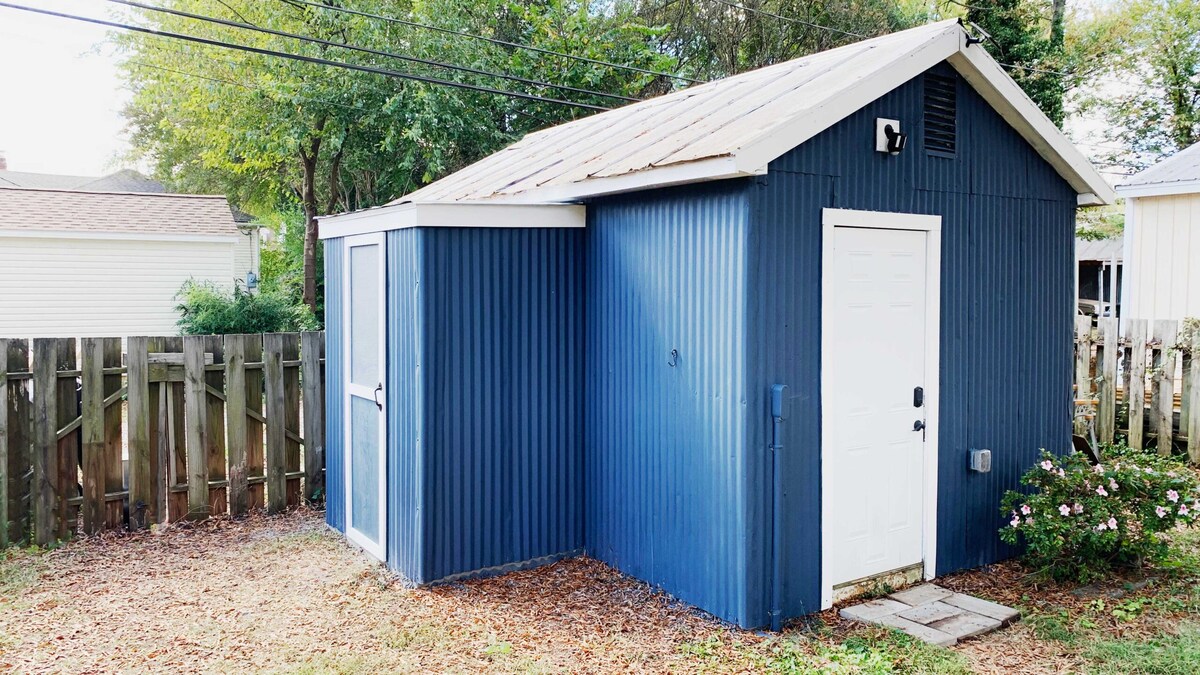
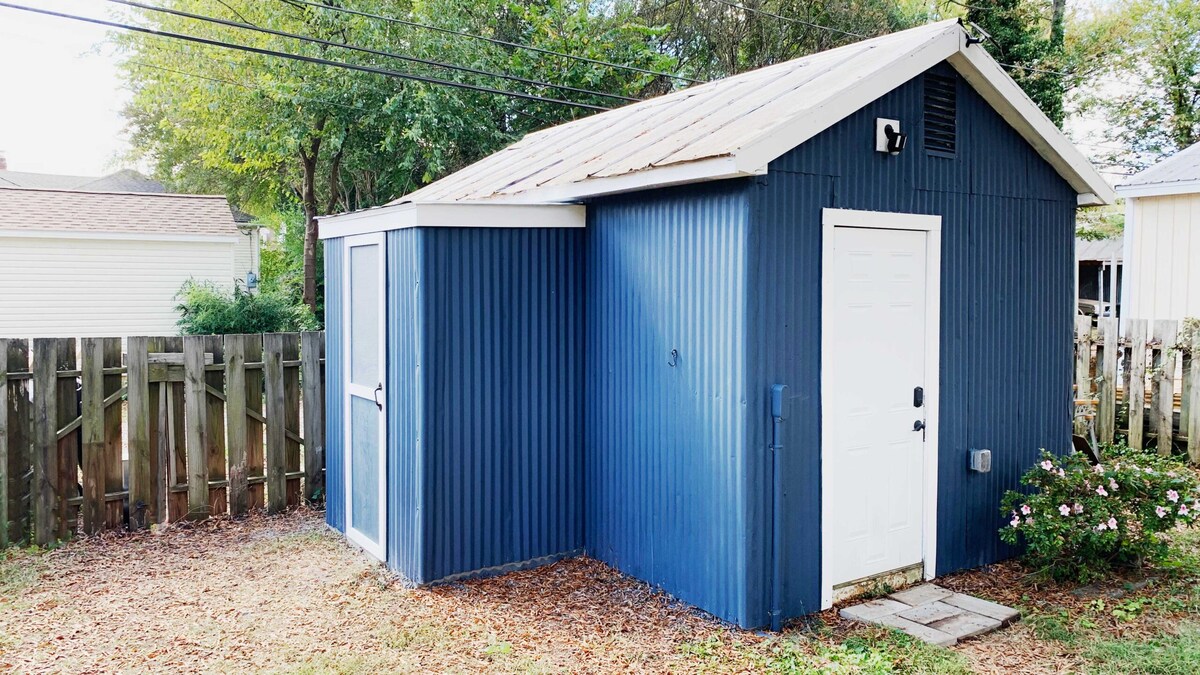

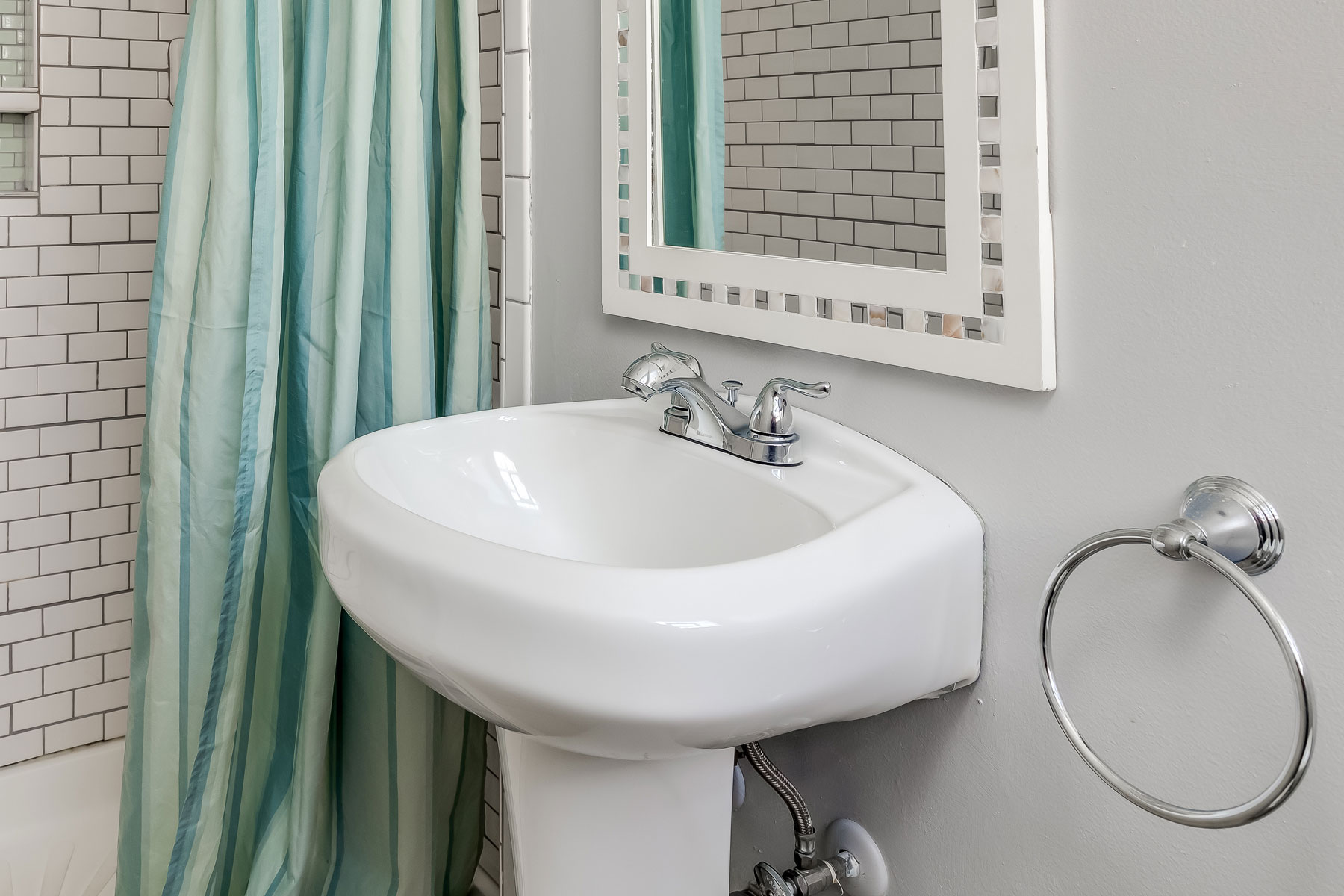

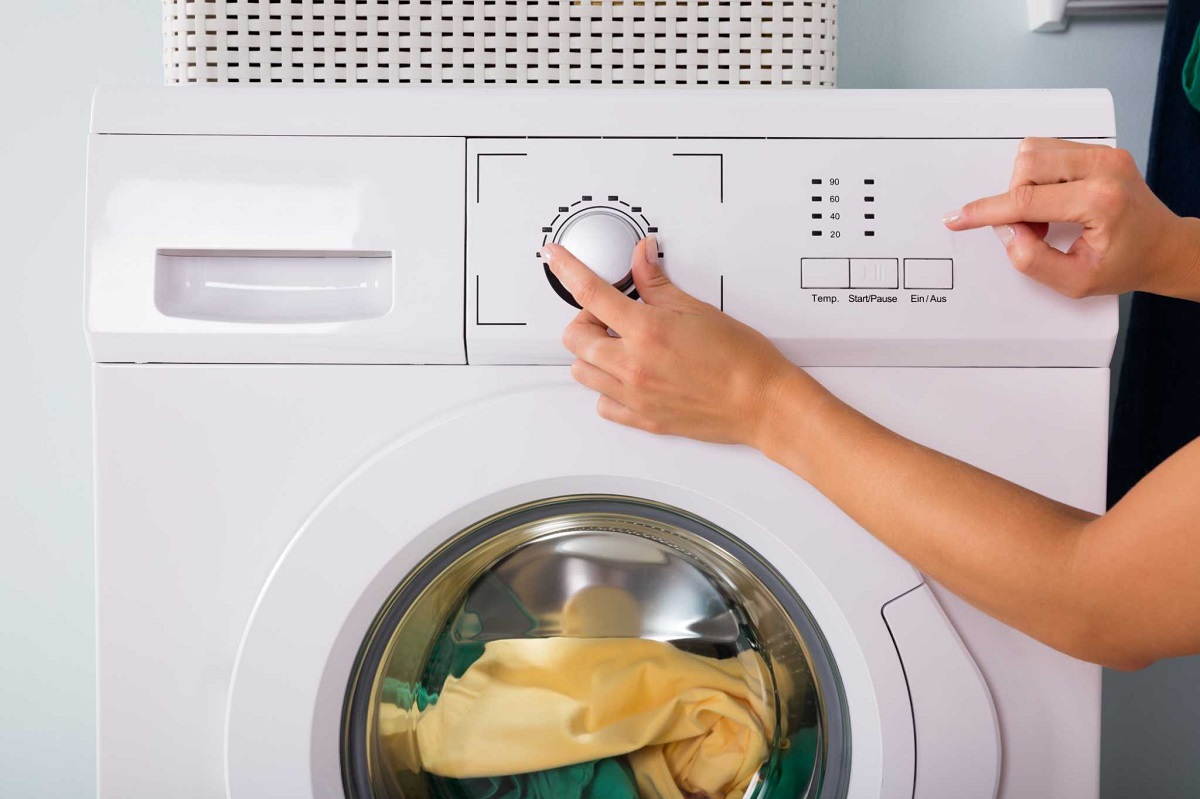
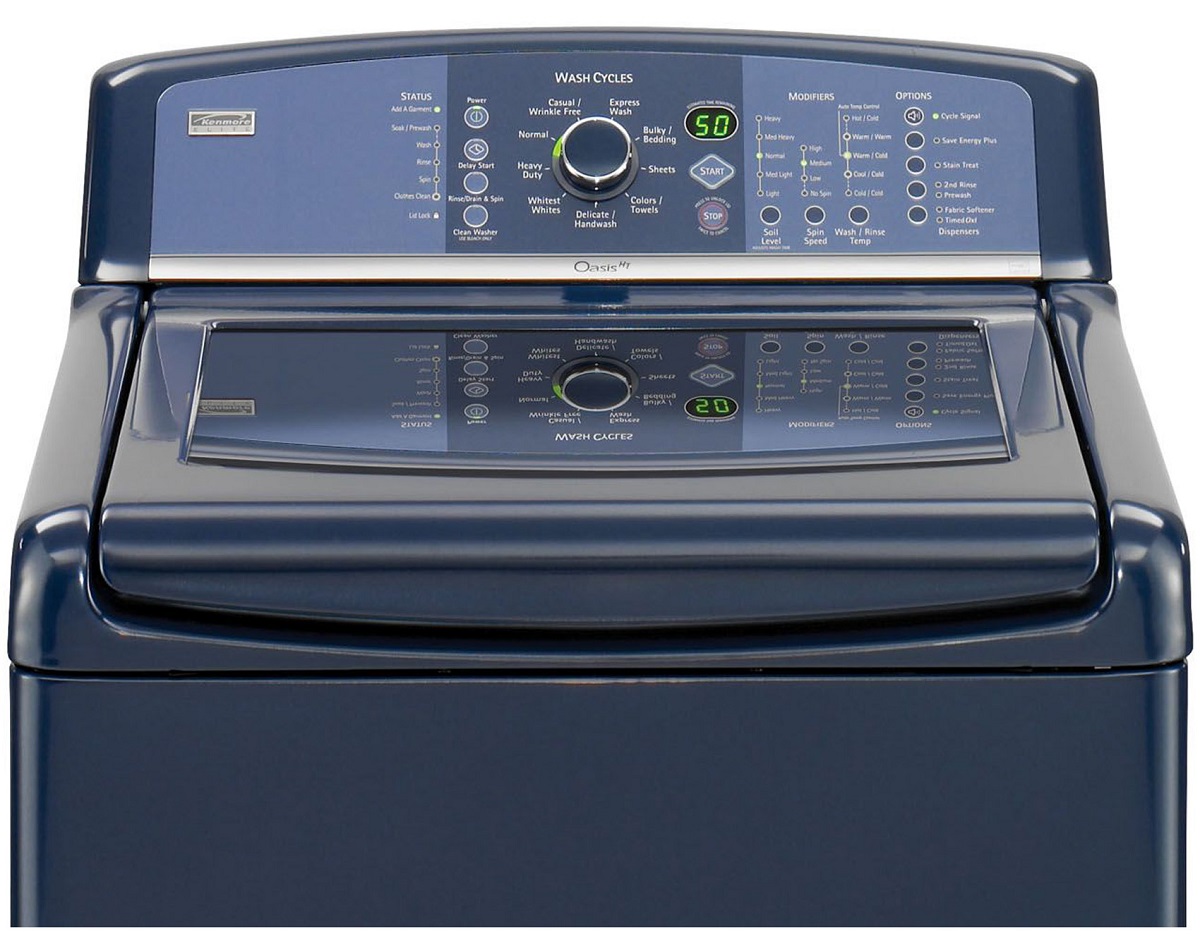
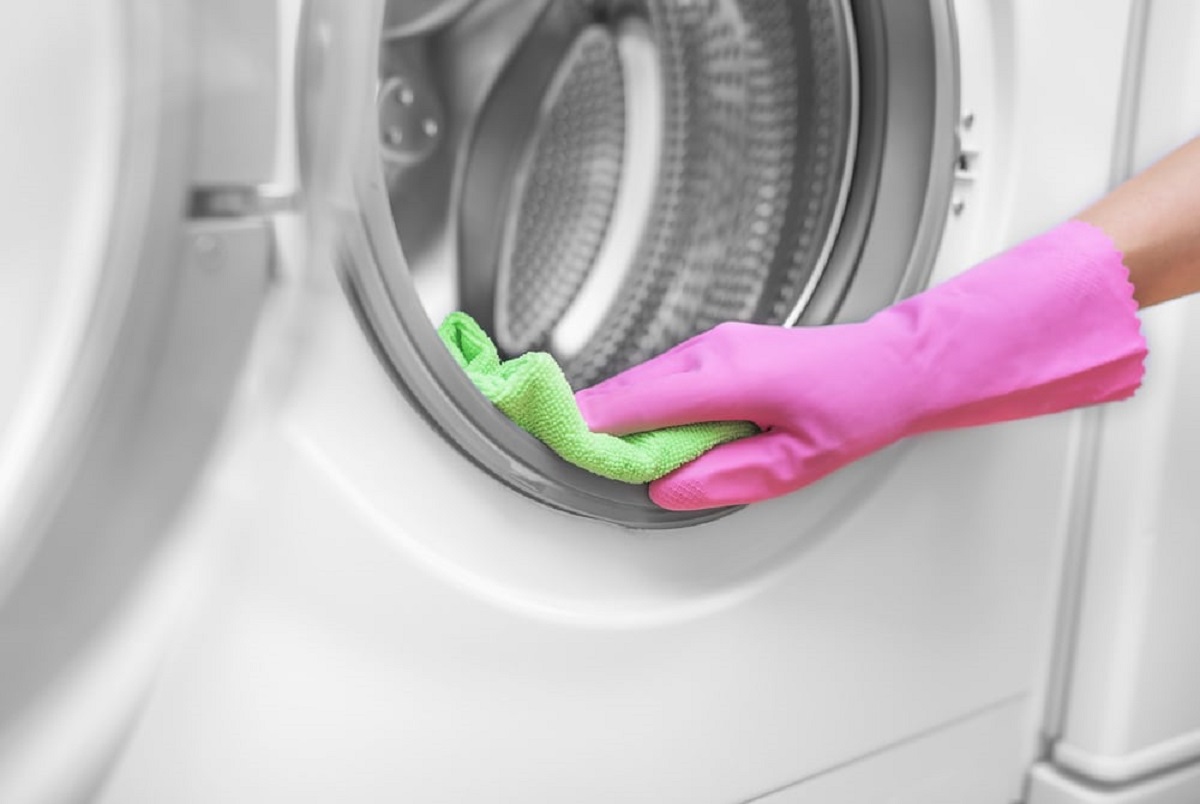
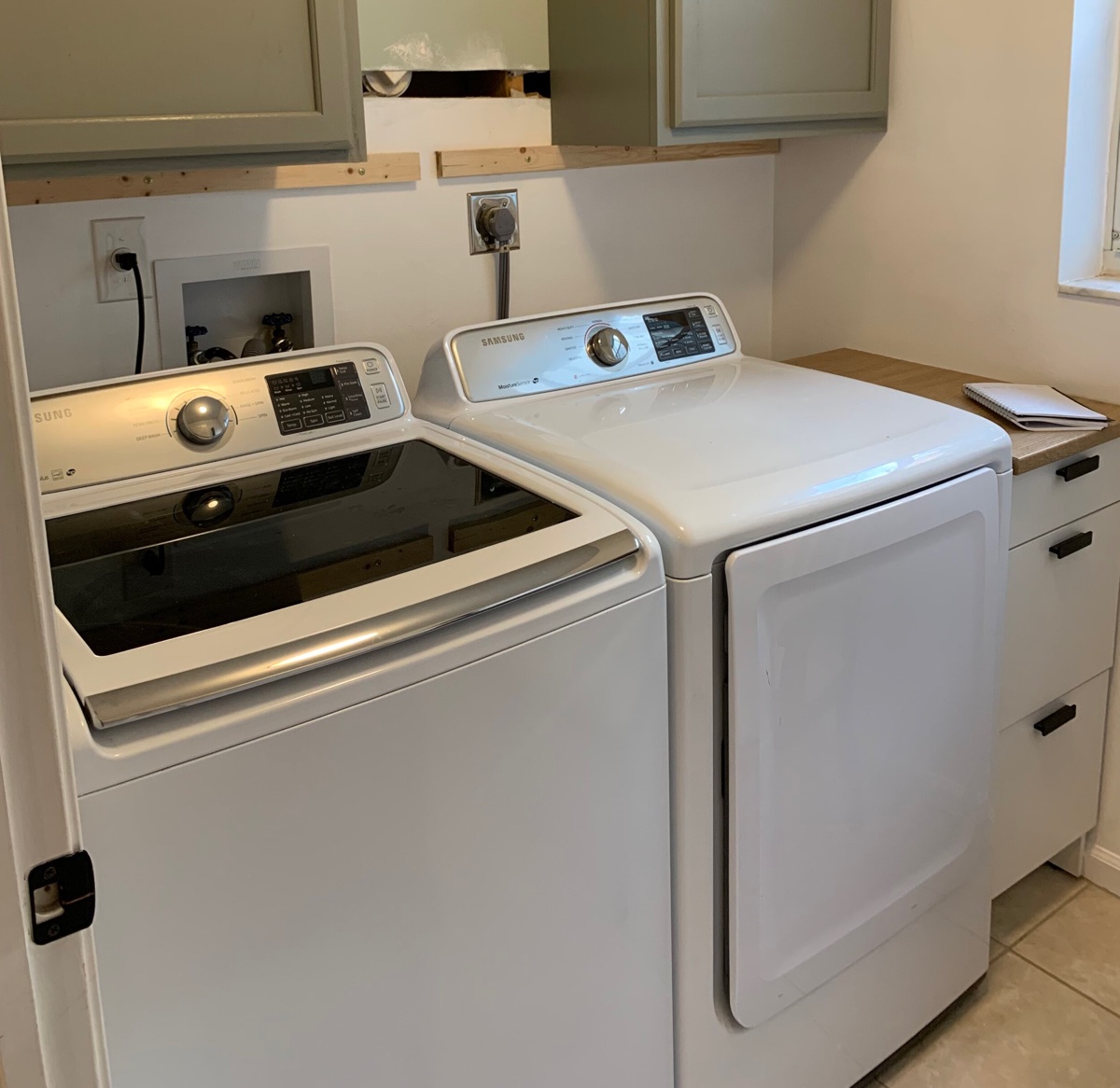
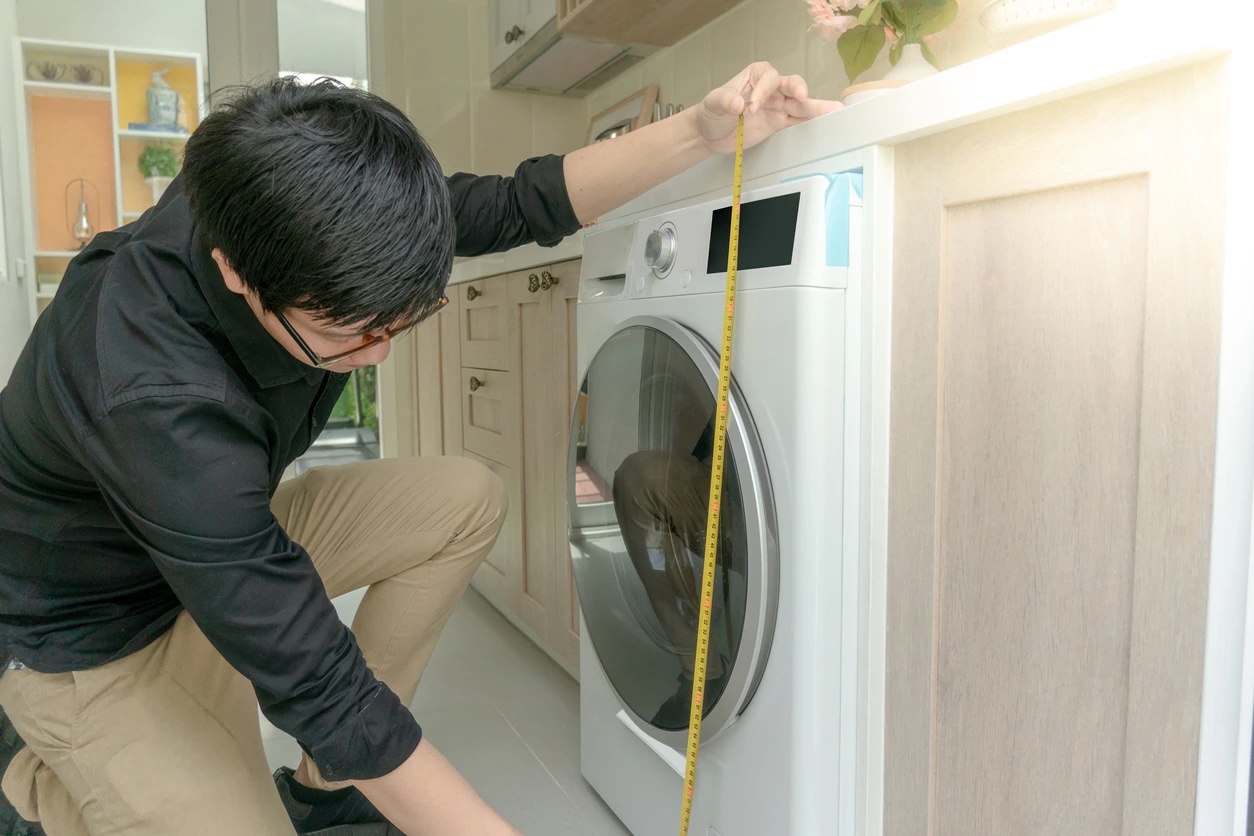
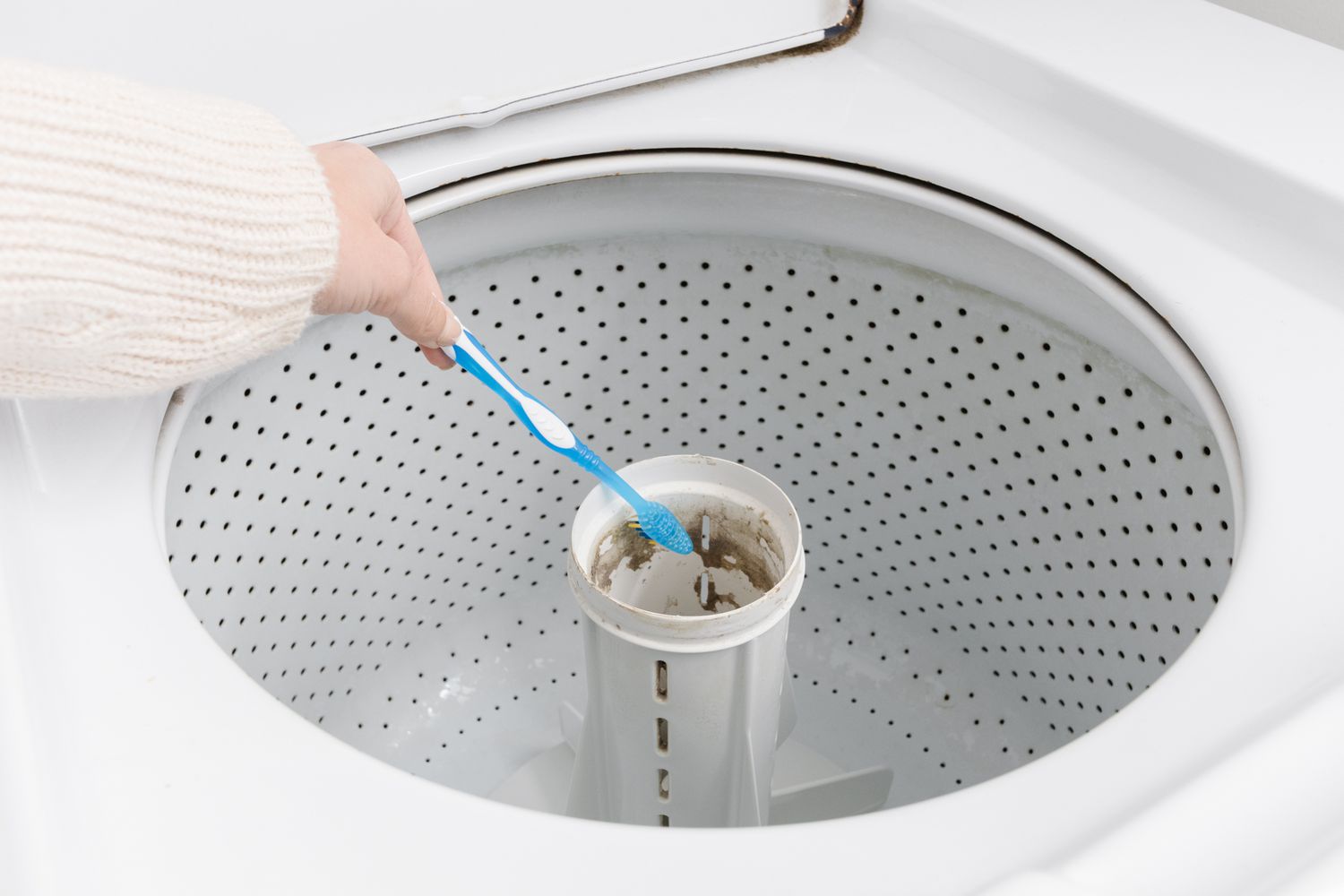

0 thoughts on “How To Lift A Washing Machine Onto A Pedestal”